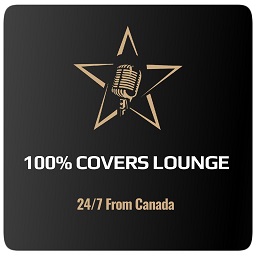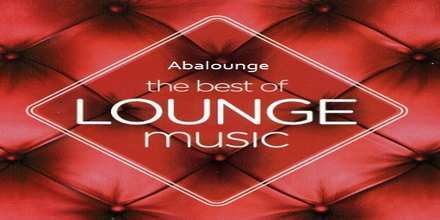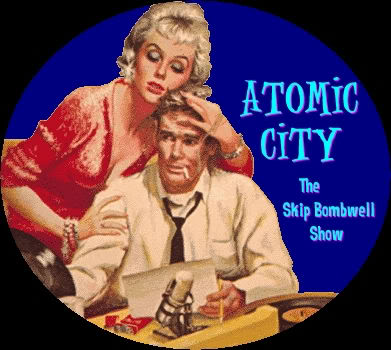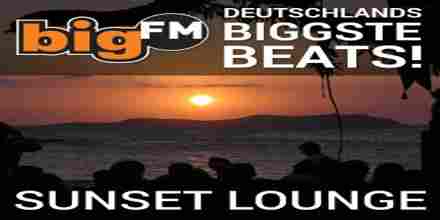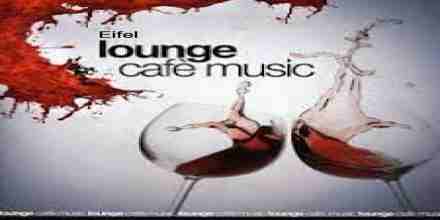Lounge music is an easy-listening musical style that originated in the United States during the 1950s and 1960s. It is often characterized by its relaxed, sophisticated atmosphere, blending elements from various genres such as jazz, bossanova, exotica, and pop. The term "lounge" refers to the settings where this music was typically played—upscale hotel lobbies, airport lounges, cocktail bars, and other elegant social venues.
The sound of lounge music is usually smooth and soothing, featuring soft instrumentation and a laid-back tempo. Key instruments include the piano, vibraphone, guitar, saxophone, and various percussion elements like bongos and congas. Vocals, when present, are often sultry and whispery, adding to the genre's alluring ambiance.
One of the defining features of lounge music is its use of exotic themes and influences. Artists often incorporated elements from Latin American, African, and Asian cultures, creating a sense of mystery and escapism. This exoticism was reflected in both the lyrics and the instrumentation, with songs frequently referencing tropical locales, mysterious rituals, and faraway lands.
Lounge music gained popularity during the mid-20th century as a backdrop to social gatherings and leisure activities. It provided a pleasant, unobtrusive soundtrack that allowed listeners to relax and enjoy their surroundings without being overwhelmed by the music. This genre was particularly popular in the United States, where it became associated with the glamour and sophistication of the jet set.
Some notable artists and albums that exemplify the lounge genre include Martin Denny's "Quiet Village," Esquivel's "Other World," and Frank Chacksfield's "Theme from 'A Summer Place.'" These recordings showcase the genre's signature blend of smooth instrumentals, exotic rhythms, and sophisticated arrangements.
Despite its heyday in the 1950s and 1960s, lounge music experienced a resurgence in popularity during the 1990s. This revival was driven by a newfound appreciation for retro aesthetics and a desire to recapture the elegance of mid-century America. Contemporary artists began incorporating elements of lounge music into their work, leading to a renewed interest in the genre.
Today, lounge music continues to influence various musical styles, from electronic dance music to film scores. Its timeless appeal lies in its ability to create an atmosphere of relaxation and sophistication, making it a beloved choice for background music in a variety of settings. Whether enjoyed in a bustling cocktail bar or a quiet living room, lounge music offers a soothing escape from the stresses of modern life.
Lounge music festivals and events have also gained traction, attracting enthusiasts who appreciate the genre's unique blend of sophistication and escapism. These gatherings often feature live performances by both vintage and contemporary artists, as well as themed decorations and activities that transport attendees to a bygone era of glamour and elegance.
In conclusion, lounge music is a rich and diverse genre that has captivated audiences for decades with its smooth sounds and exotic themes. From its origins in the upscale lounges of mid-century America to its modern-day resurgence, this musical style continues to enchant listeners with its timeless appeal and sophisticated charm. Whether enjoyed as background music or celebrated at dedicated events, lounge music offers a delightful escape into a world of relaxation and elegance.
 29.1k
29.1k
 17
Russia, Saint-Petersburg Lounge 97 kbps AAC (LC)
17
Russia, Saint-Petersburg Lounge 97 kbps AAC (LC) 3.9k
3.9k
 2
United States, Philadelphia Lounge 128 kbps MP3
2
United States, Philadelphia Lounge 128 kbps MP3 Styria LoungeStyria Lounge
Styria LoungeStyria Lounge 2.1k
Austria Lounge 192 kbps MP3
2.1k
Austria Lounge 192 kbps MP3



